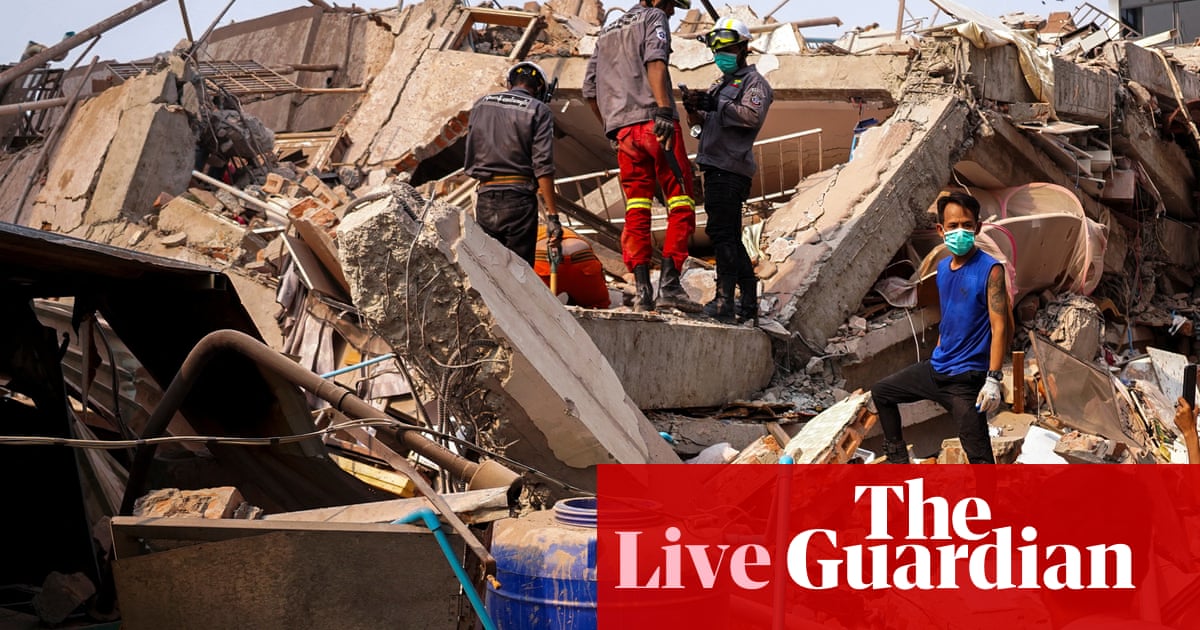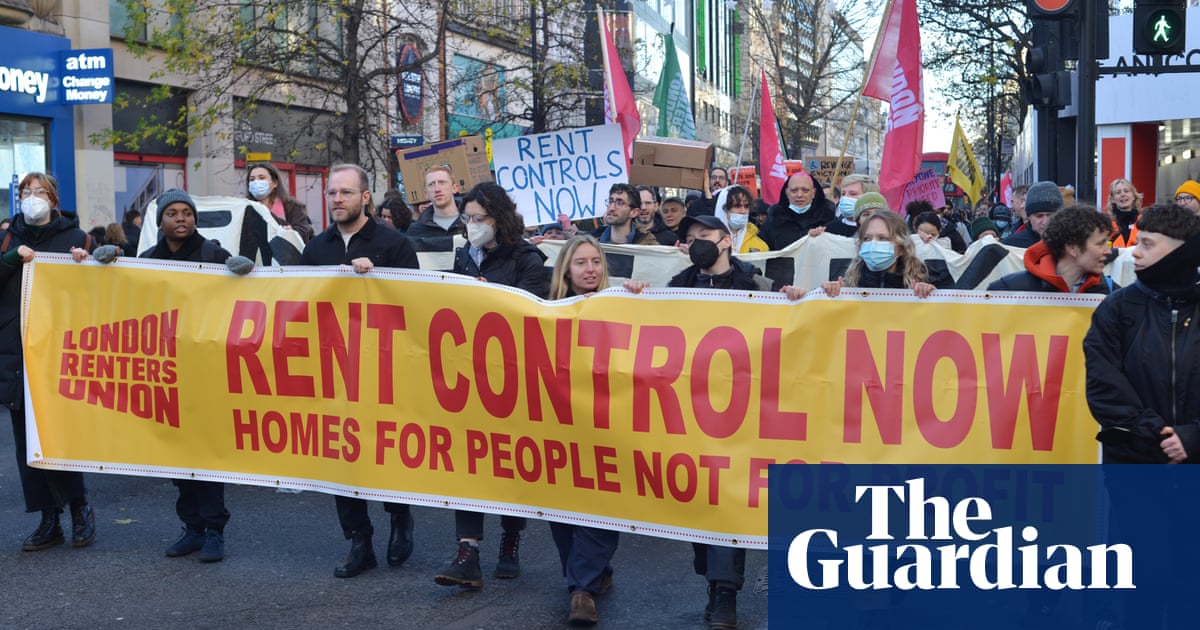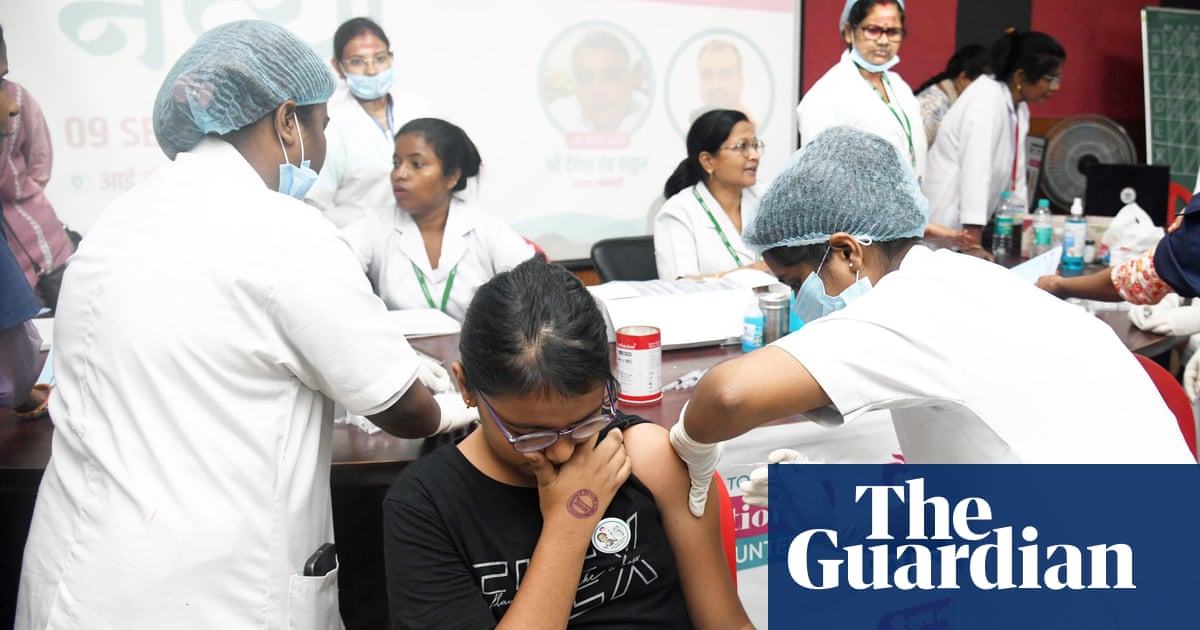Devastation from Myanmar earthquake ‘hasn’t been seen in over a century in Asia’ – Red Cross
Red Cross officials have warned that Myanmar faces a humanitarian crisis after the deadly 7.7-magnitude earthquake.
“What we’re seeing here in Myanmar is a level of devastation that hasn’t been seen over a century in Asia,” the International Federation of Red Cross and Red Crescent Societies (IFRC) wrote in a post on X.
“This is not just a disaster; it is a complex humanitarian crisis layered over existing vulnerabilities,” Alexander Matheou, regional director for Asia Pacific at the IFRC, said in a separate statement.
“The magnitude of this disaster is substantial, and the need for support is urgent,” he added. The IFRC has launched an emergency appeal for 100 million CHF ($113.6m; £87.3m) to assist 100,000 people with life-saving relief and early recovery support.
The Myanmar Red Cross Society (MRCS) has mobilised hundreds of trained volunteers to provide relief in the form of first aid, health care and the distribution of items such as blankets and hygiene kits.
But the UN says aid operations are being hindered by damaged roads and that hospitals in central and northwestern Myanmar in particular are struggling to cope with the influx of people injured in the earthquake.
In some of the country’s hardest hit areas, residents have said that government assistance was scarce so far, leaving people to fend for themselves.
Myanmar’s military junta has put out a rare call for international aid. China and India are among the countries that have already provided supplies.
Key events
Which areas in Myanmar have been devastated by the earthquake?
Friday’s earthquake struck Mandalay, which is Myanmar’s second largest city.
As we’ve been reporting, the tremors collapsed buildings, downed bridges and buckled roads, with mass destruction seen in the city of more than 1.7 million people.
As officials and rescuers grapple with the devastation caused by the quake, the extent of the damage caused is only now becoming clear.
The International Federation of Red Cross and Red Crescent Societies says critical infrastructure has been destroyed – including the historic Ava Bridge connecting Sagaing and Mandalay, Mandalay University and various heritage sites, the Associated Press is reporting today.
Myanmar sits on the major north-south Sagaing Fault, which separates the India and Sunda plates, and the widespread damage runs down a wide swath of the middle of the country.
Significant damage also has been reported in the Sagaing, Naypyidaw, Magway, Bago and Shan State regions, while telecommunications outages continued to hamper emergency coordination in several regions, the Red Cross said.

Rebecca Ratcliffe
Aftershocks frighten Myanmar survivors while death toll from Bangkok high-rise collapse rises
The children at Bright Kids nursery in Kyaukse, a town south of Mandalay, were taking a nap when the earthquake struck on Friday afternoon. The two-storey building collapsed with dozens of children aged between two and four trapped inside. For hours, rescuers sifted through the rubble, searching desperately for survivors.
“We were clearing the building using diggers and rescuing people with manual tools,” said Thar Nge, a volunteer. They needed better equipment – metal cutters and generators – but made use of what they had. Thar Nge helped carry a four-year-old girl to safety. She pleaded, over and over, for him to save her, he said. He held a bottle of water to her mouth before her dusty body was freed.
The girl was among 12 children saved, along with four teachers. A further 16 children and a teacher were found dead. Thar Nge barely had time to feel any emotion.
Afterwards, his team of 11 volunteers moved onwards across Kyaukse, one of many areas devastated by Friday’s earthquake.
Similar scenes have played out across central Myanmar, with teams of volunteers using anything at their disposal to free survivors, digging with their bare hands and crawling through collapsed structures, often with no safety equipment.
Myanmar earthquake: what we know so far
If you’re just joining us, here are the latest developments as the search for survivors continues in the wake of Friday’s disaster in Myanmar:
-
At least 1,700 people have died in the 7.7 magnitude quake with at least 300 people having been reported missing, according to Myanmar’s ruling junta. About 3,400 are injured with the death toll expected to rise significantly.
-
The Red Cross says the devastation is the worst seen in more than 100 years.
-
The United States Geological Survey (USGS) reported that a 5.1 magnitude aftershock hit 28km (17.4 miles) northwest of Mandalay, the latest in a string of aftershocks following Friday’s devastating earthquake.
-
The UN has warned rescue operations have been severely hampered by the blocked roads and collapsed buildings, adding that a lack of medical supplies is making the response to the earthquake much more difficult than it would be otherwise.
Devastation from Myanmar earthquake ‘hasn’t been seen in over a century in Asia’ – Red Cross
Red Cross officials have warned that Myanmar faces a humanitarian crisis after the deadly 7.7-magnitude earthquake.
“What we’re seeing here in Myanmar is a level of devastation that hasn’t been seen over a century in Asia,” the International Federation of Red Cross and Red Crescent Societies (IFRC) wrote in a post on X.
“This is not just a disaster; it is a complex humanitarian crisis layered over existing vulnerabilities,” Alexander Matheou, regional director for Asia Pacific at the IFRC, said in a separate statement.
“The magnitude of this disaster is substantial, and the need for support is urgent,” he added. The IFRC has launched an emergency appeal for 100 million CHF ($113.6m; £87.3m) to assist 100,000 people with life-saving relief and early recovery support.
The Myanmar Red Cross Society (MRCS) has mobilised hundreds of trained volunteers to provide relief in the form of first aid, health care and the distribution of items such as blankets and hygiene kits.
But the UN says aid operations are being hindered by damaged roads and that hospitals in central and northwestern Myanmar in particular are struggling to cope with the influx of people injured in the earthquake.
In some of the country’s hardest hit areas, residents have said that government assistance was scarce so far, leaving people to fend for themselves.
Myanmar’s military junta has put out a rare call for international aid. China and India are among the countries that have already provided supplies.
Earlier in the blog we reported that 12 people had died at the scene of the collapsed building site in Bangkok (see post at 09.15). Now Thai authorities have revised this figure down to 11.
Families ‘forced to cremate loved ones in the street’ after Mandalay crematoriums overwhelmed- report
Myanmar Now, a news agency based in Myanmar, is reporting that crematoriums in Mandalay are struggling to cope with the surge in dead bodies being brought to it after Friday’s devastating earthquake which officials say has killed at least 1,700 people.
It reports that major cemeteries, including Kyanikan, Taung-Inn, and Myauk-Inn, are overwhelmed in Myanmar’s second-largest city, which has a population of about 1.5 million people.
The outlet has been told that some grieving families are being forced to cremate relatives outside designated burial grounds. Some are reportedly cremating loved ones in the street.
“Yesterday, we cremated over 300 bodies. This morning, more than 200 have already been processed,” a resident at a cremation site told Myanmar Now.
Here are some of the latest images being sent to us over the newswires from Thailand and Myanmar:
What is the political situation like in Myanmar?
Myanmar has been in crisis since the military overthrew the elected government of Aung San Suu Kyi in 2021, sparking mass protests that escalated into an armed rebellion against the junta (Myanmar’s military government).
Government forces have lost control of much of Myanmar after a four-year civil war against rebel groups, and many places are now too dangerous for aid groups to reach.
More than 3 million people have been displaced by the fighting and nearly 20 million are in need, according to the UN.
Anti-junta fighters in the country have declared a two-week partial ceasefire in earthquake-affected regions starting on Sunday, the shadow national unity government has said.
The military, however, reportedly continued airstrikes after the earthquake, including just hours after it first hit.
“Reports that Myanmar’s military has continued with airstrikes after the earthquake tells you everything you need to know about the junta – obsessed with its brutal repression of civilians and desperately trying to win the war whatever the human cost,” Elaine Pearson, Asia director at Human Rights Watch, wrote on X.
Myanmar earthquake death toll increased to an estimated 1,700 people
Providing an updated death toll, Myanmar’s ruling junta has said in a statement issued today that about 1,700 people have been killed by the earthquake, about 3,400 injured and around 300 more remain missing.
The death toll is expected to rise significantly.
Myanmar’s military leadership previously said that at least 1,600 people were killed and more than 3,400 injured as as result of Friday’s earthquake.
What caused Myanmar and Thailand earthquake and how big was it?

Nicola Davis
Nicola Davis is the Guardian’s science correspondent
Earthquakes arise when huge slabs of rock that make up the Earth’s crust, known as tectonic plates, move against each other. According to the United States Geological Survey (USGS), the Myanmar quake occurred as the result of “strike slip faulting” between the India and Eurasia plates – meaning that these two tectonic plates rubbed sideways against each other.
“The quake happened on the Sagaing fault, which marks the tectonic plate boundary between the Indian plate to the west and the Eurasian plate to the east. The Indian plate is moving north along the fault compared to the Eurasian plate,” said Bill McGuire, emeritus professor of geophysical and climate hazards at University College London.
The USGS says the region has experience several similar large strike slip earthquakes in the past, with six occurring within about 250km of the current earthquake since 1900 that were magnitude 7 or greater.
“This is a major quake by any standard, and its impact is made far worse by the fact that it was very shallow – only about 10km down. If it had been 100km deep, the impact would have been much smaller, so depth as well as size is critical,” said McGuire.
5.1 magnitude earthquake hits near Mandalay in Myanmar, US Geological Survey says
The United States Geological Survey (USGS) is reporting that a 5.1 magnitude aftershock has hit 28km (17.4 miles) northwest of Mandalay, in the Mattara township, the latest in a string of aftershocks following Friday’s devastating earthquake.
The 7.7 magnitude earthquake hit around Friday afternoon with an epicentre near Mandalay, Myanmar’s second-largest city, destroying many buildings and damaging other infrastructure like the city’s airport.
Many of Mandalay’s 1.5 million people have spent the last two nights sleeping on the streets, either left homeless by the earthquake or worried that the continuing aftershocks might cause structures left unstable to collapse.
People screamed in the streets on Sunday when a 5.1 magnitude aftershock hit at 15:38 local time (09:08 GMT), but there were no immediate reports of further damage, according to the Associated Press.
Emergency workers search for people trapped under site of collapsed Bangkok building
The 7.7-magnitude earthquake hit central Myanmar, with tremors felt in Thailand, China and India.
In neighbouring Thailand, the earthquake affected the greater Bangkok area, home to around 17 million people, and other parts of the country.
Many places in the north reported damage, but the only casualties were reported in Bangkok, which is located over 1,000km (621 miles) from the epicentre of Friday’s earthquake.
Rescuers in the Thai capital are continuing to work to rescue survivors trapped when a 30-storey skyscraper under construction near the famous Chatuchak market collapsed after Friday’s earthquake. At least 12 people have been confirmed dead at the site of the collapsed high-rise building and dozens of others reported injured.
Workers at the site of the under-construction state audit office’s building are using large mechanical diggers in an attempt to find victims still trapped under the debris.
“We are still trying to get under the rubble because the 30 floors of the building piling up is really difficult to get through,” Thawida Kamolvej, Bangkok’s deputy governor, told BBC News .
“We still have 79 missing. I am still confident in my team. We are going to continue working around the clock, we have more people coming in. I have to find them,” she added.
Race to search for survivors continues as UN warns medical supply shortage is hampering rescue efforts
Welcome back to our live coverage of the aftermath of the deadly Myanmar earthquake which has killed at least 1,600 people and injured over 3,400 others, with at least 139 more missing.
Rescue efforts are entering their third day and attempts to find survivors are intensifying after the devastating 7.7 magnitude earthquake struck the country and neighbouring Thailand, where at least 17 people in Bangkok have died.
The initial quake struck near the central Myanmar city of Mandalay early on Friday afternoon, followed minutes later by a 6.7-magnitude aftershock.
The tremors collapsed buildings, downed bridges and buckled roads, with mass destruction seen in the city of more than 1.7 million people, the country’s second largest.
The UN has warned that rescue operations are severely hindered by the blocked roads and collapsed buildings, adding that a lack of medical supplies is making the response to the earthquake much more difficult than it would be otherwise.
Hospitals in parts of central and northwestern Myanmar, including Mandalay and Sagaing, were struggling to cope with the influx of injured people, according to the UN office for the coordination of humanitarian affairs (OCHA).
“A severe shortage of medical supplies is hampering response efforts, including trauma kits, blood bags, anaesthetics, assistive devices, essential medicines, and tents for health workers,” OCHA said in a statement on Saturday.
Marcoluigi Corsi, UN resident and humanitarian coordinator for war-torn Myanmar, said Myanmar had already been “reeling from an alarming humanitarian crisis, largely driven by persistent conflict and recurrent disasters”.
“At this critical time, the people of Myanmar urgently need the steadfast support of the international community,” he added.










